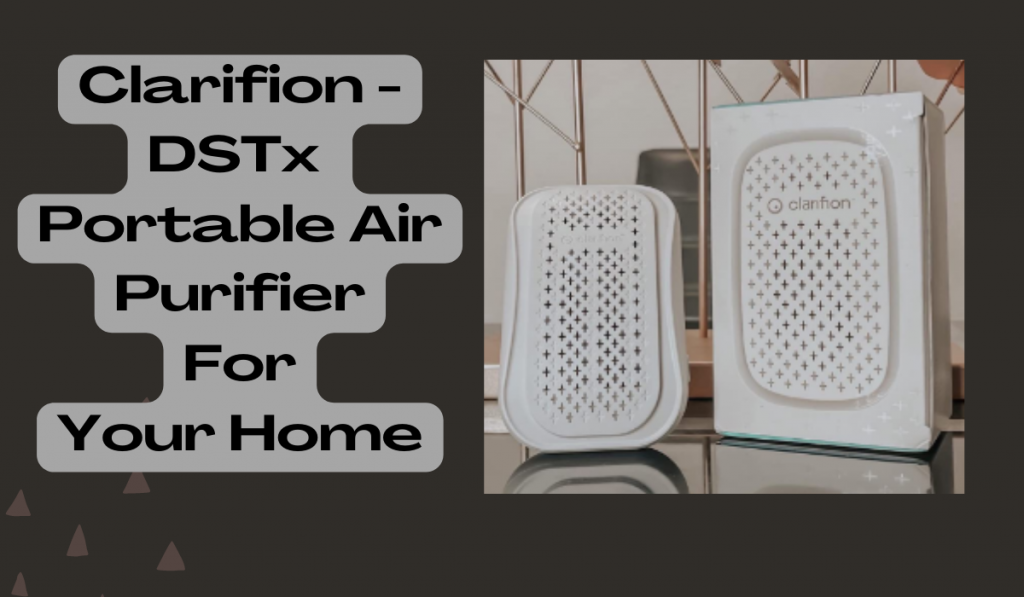Painting is one of the easiest and most affordable ways to revitalise a dull room or modernise the front entry. As spring comes, a lot of people look for projects around the house to work on. Whatever your motivation, you’ll need more than just the proper paint and brushes for your next painting project. To be more specific, you have to prioritise safety. By following these tips, you can make sure that your next painting endeavour is both safe and successful.
1. Test for Lead
Lead was originally used to paint for a variety of purposes, including colouring, enhancing durability, and accelerating drying times. Unfortunately, paint lead also rendered paint chips and dust dangerous. According to Best painters in Richmond, lead exposure can have a variety of harmful impacts on health. Regrettably, children are more susceptible than adults and are more prone to come into contact with lead-containing dust or paint chips.
Prior to doing any sanding or scraping, have a lead test done if you’re painting a house that was constructed before 1978. In 1978, paints containing lead were forbidden. Hardware stores and home centres readily carry lead testing kits.
2. Store Paints Properly
Volatile organic compounds are included in several frequently used painting supplies (VOC). When these substances evaporate at room temperature, fumes are released that pose a risk of fire and health issues. Seek for items with low volatile organic compounds (VOCs) to reduce the danger.
If you purchase or possess oil-based stains, paint thinners, paint strippers or other high-VOC substances that are classified as flammable, be careful to store them away from all living areas and gas appliances in their original containers with tight-fitting lids.
3. Add Ventilation When Painting
Dust is produced during painting tasks when patching and sanding are necessary. Furthermore, even the safest water-based paint produces a lot of vapour throughout the drying process. It’s a good idea to provide additional ventilation when painting indoors for these reasons.
The simplest way to accomplish this is to use a box fan that blows out of your window. To create cross ventilation, open a door or window on the other side of the room. It will lessen the accumulation of VOCs, excess humidity, and undesired dust.
4. Proper Dust Masks
When working in a well-ventilated area, Sunny Days Painting experts advise wearing safety goggles to protect eyes and chemical-resistant gloves to protect hands and wrists. However, some cheap dust masks don’t seal properly, allowing particles to enter your lungs. Prior to making a purchase, confirm that the dust masks you are purchasing are N95-certified. Next, search for masks featuring robust elastic straps and a foam seal around the nose. Breathing is made simpler by masks having valves that let out a breath that has been exhaled.
Recall that although these dust masks filter out dust particles, they offer little defence against volatile organic compounds (VOCs) released by spray paint cans and other painting supplies.
5. Organic Vapour Respirator
Although dust masks are excellent at keeping dust and other particles out of your lungs, they are unable to filter out volatile organic compounds (VOCs), which can harm your brain, lungs, and other organs. You will need an organic vapour cartridge-compatible respirator mask for this.
Wear an organic vapour respirator anytime you’re working with “smelly” painting or cleaning materials, such as lacquer, spray paint, or stain sealers based on organic solvents. If you need clarification, see if a respirator is advised on the label of the item you’re employing. Respirators for organic compounds are available online and in hardware, paint, and home centres. Verify that the type of cartridge you’re using fits the type of chemical you’re using. This information is listed on the label. Pay close attention to all usage and filter replacement directions.
6. Safety Ladders
Each year, ladder accidents result in hundreds of fatalities and over 100,000 ER visits. Painters in Richmond recommend using good ladder safety practices, to stay out of the statistics. Take a look at and adhere to the ladder’s instructions first. Next, look up “ladder safety” online.
7. Cover Hands
Certain solvents that are used to paint and remove paint have the potential to seep through the skin, harming nerves or organs. Of course, they also have the potential to harm skin more quickly. You ought to have an ample supply of gloves on hand due to these reasons.
For jobs like staining and varnishing, disposable latex, vinyl, or nitrile gloves are a good option. However, it is preferable to wear thick, chemical-resistant gloves when working with strong solvents like paint thinner, lacquer thinner, acetone, or paint strippers. Verify the glove’s label that it is resistant to the substances you are employing.
8. Be Careful with Paint Stripper
Paint strippers are the solution when sanding and scraping; they just won’t cut it when it comes to priming surfaces for painting—you need to get down to the bare wood for the greatest paint application.
Paint strippers come in a variety of forms, some of which are safer than others. But the safety information is the same no matter which type you use. When working in a well-ventilated area, wear safety goggles to protect your eyes and chemical-resistant gloves to protect your hands and wrists. Put clothes on any exposed flesh that is still there. Because many paint strippers are extremely explosive, it’s also a good idea to operate in a location with good ventilation, ideally outside if at all feasible. Also, make sure to adhere to all directions on the container for the secure removal of old paint.
Connect with Sunny Days Painting for The Best Painting Solutions
Before starting a painting project at home, it is crucial to follow painting safety guidelines. Personal safety depends on setting up the environment, employing enough ventilation, donning protective clothing, and handling chemicals with caution. By taking these precautions, you can be confident that painting will go smoothly and safely, making your home renovation project safe and successful.
Author


